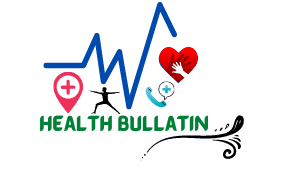Even if, in your household, you have the most rigorous rules about what you can and cannot pour down the drain, this will not necessarily mean an end to your plumbing woes. For one thing, the lead content of municipal tap water (caused by the composition of the pipes in older properties) is one of the major health concerns in the United States today. And it isn’t just lead, there are many other contaminants in tap water.
Synergy Science, a company specializing in alternative water products such as molecular hydrogen and purified water, say that America’s plumbing woes are a major reason for the popularity of their products.
Soif your pipes are contaminating your water supply, one of the things you want to avoid is making the situation worse. When you pour the wrong thing down the drain, you can even contaminate the local environment – and that also means the local water supply. So,all these things are interconnected – your plumbing, home drinking water, and the quality of your water supply. Accordingly, it’s wise to have some rules in place regarding what you can and cannot pour down the kitchen sink.
What Happens When You Pour Something Down the Drain?
Before getting on to what you shouldn’t pour down the drain, it’s worth understanding a little better what happens to the stuff you pour down there. The most important variable here is undoubtedly whether your home has a sceptic tank or not.
If your home does have a sceptic tank, then this where your waste water goes – into a large underground tank where it is held long enough for solid contaminants to sink to the bottom of the tank,as sediment sludge, and for oil and grease to float to the top and form a layer of scum. When the tank is emptied, these are separated. The situation is undoubtedly less severe if you have asceptic system, but that still doesn’t mean you can pour whatever you like down the kitchen sink.
If your home does not have a sceptic tank, your waste water goes directly into the sewage mains. From there, it travels to a sewage treatment plantwhere it is treated and filtered so the water can be rereleased into the mains water system. However, the process involved in sewage treatment does not remove all contaminants.Moreover, if the wrong things are present, it can effectively contaminate local water supplies.
Things You Shouldn’t Pour Down the Drain
Paint
Paint absolutely needs to be properly disposed of. It should really come as no surprise that paint poured down the drain can leach toxic chemicals into the water supply, and its oily composition means it is difficult to fully flush out of your pipes.
Pharmaceuticals
Of course, this one depends very much on what pharmaceuticals we are talking about but, as a general rule, it’s wise not to flush these down the drain. Many water treatment plants cannot filter out pharmaceuticals. After all, pharmaceuticals are designed to withstand the body’s own filtration system in order to work at all.
Motor Vehicle Fluids
Again, it is the oil content of these liquids that make them disastrous to a plumbing system and which make them threaten the (relative) purity of the water you later drink. With motor fluids though, we are talking about a real excess of oily contaminants, and this is never good.
Investing in alternative water products or home filtration systems is certainly a good idea for improving the quality of the water to clean with, wash with, and drink. But some common sense about what to flush away is another highly effective strategy.

